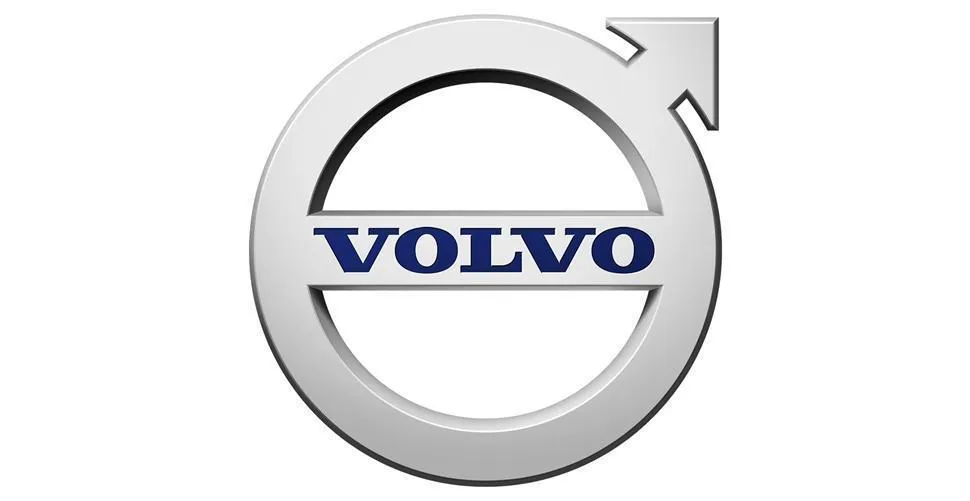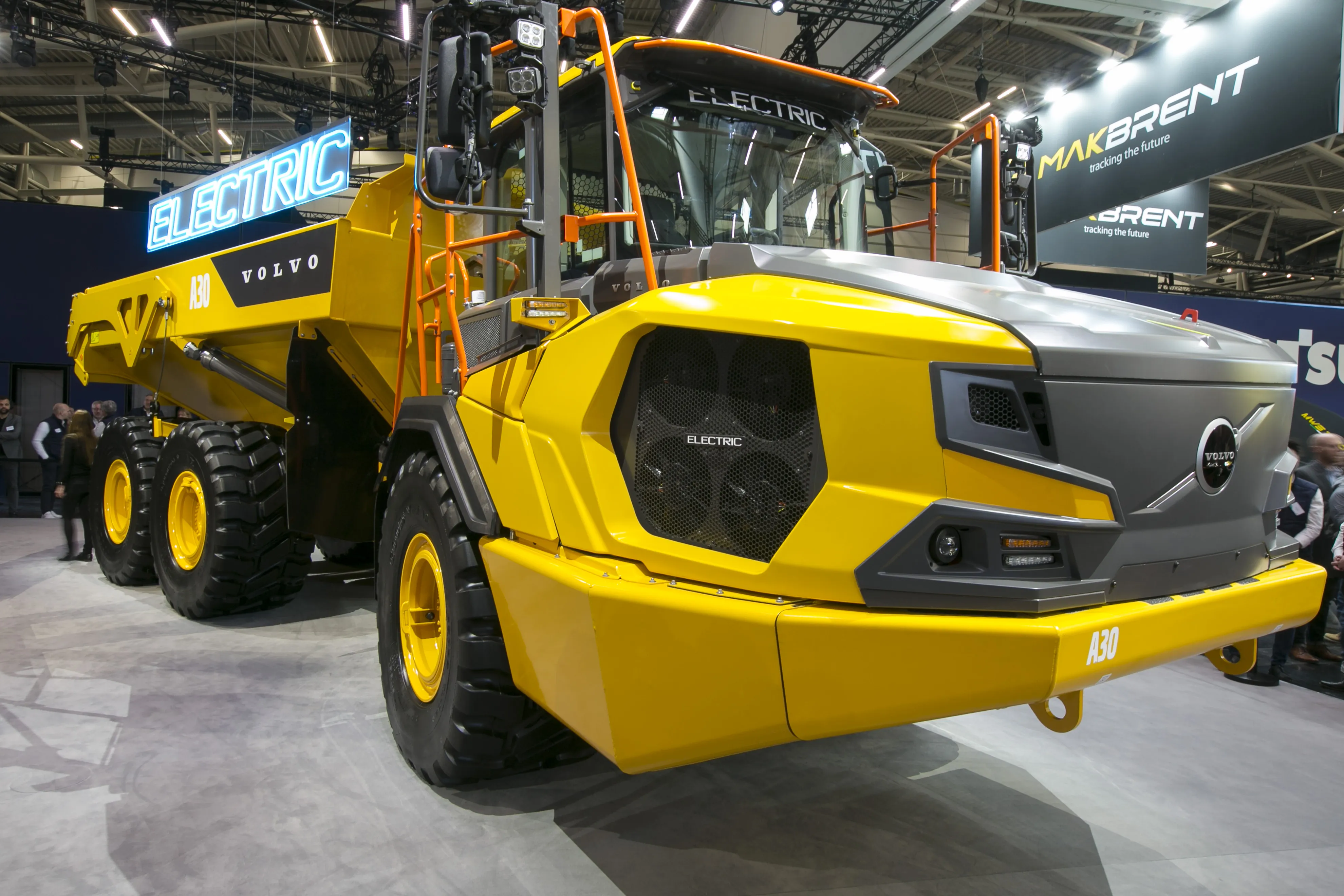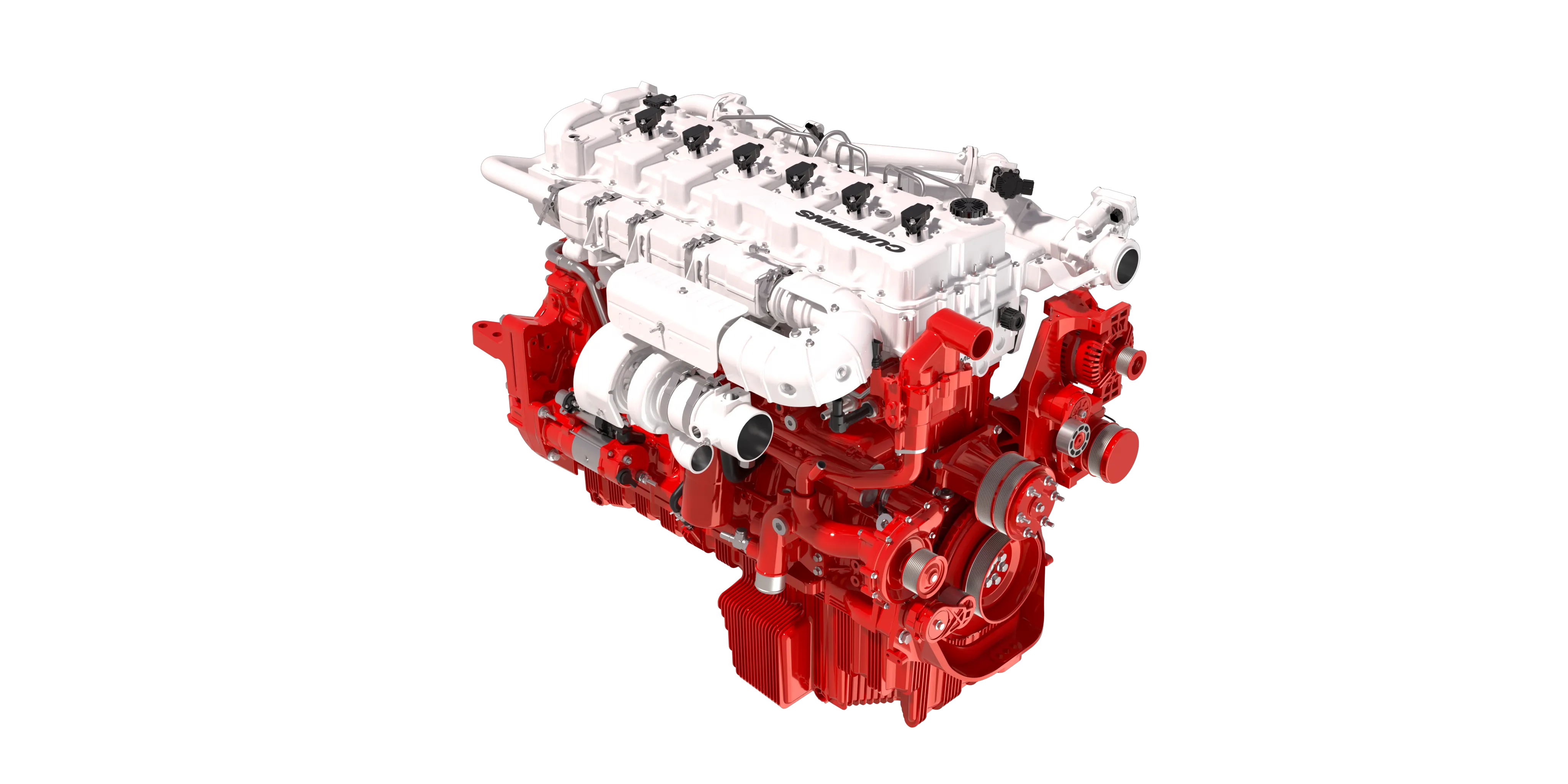
Improved activity in most markets saw the construction equipment company's sales increase by 6% year-on-year in Q4, while the order book was up by 31%.
In Q4 2020, net sales increased by 6% from the Q4 2019 total of SEK19,716m (€1,946.66m) to SEK20,810m (€2,054.68m). Adjusted for currency movements net sales were up by 15%. Operating income amounted to SEK2,321m (€229.16m) compared to SEK1,931m (€190.66m) in Q4 2019, corresponding to an operating margin of 11.2% (9.8% in Q4 2019). Earnings were positively impacted by higher machine and service sales.
For the full year net sales decreased by 8%, to SEK81,453m (€8,042.28m) compared to SEK88,606m (€8,748.53m) in full-year 2019. Adjusted operating income decreased to SEK10,071m (€994.36m) from SEK11,910m (€1,175.94m), corresponding to an operating margin of 12.4% (13.4%).
After a steep drop at the start of the pandemic in the spring, demand started to recover in the second half of the year. Up to November both the European and North American markets were down 14%, while South America rose 12%, largely a result of an improving Brazilian market. Government stimulus measures fuelled a sharp recovery in China, which was up 28%, although Asia as a whole was down by 6%.
Volvo CE reported that net order intake increased by 31% in Q4, driven by improving activity in most markets and dealer restocking. Order intake in Europe increased by 20% but fell (compared to the record order intake in 2019) by 18% in North America. In South America order intake was up 182%, up from low levels in most markets. In Asia order intake was up 39%, boosted by government stimulus in China and improvements in other markets.
Deliveries increased by 21% during Q4 2020, again boosted by higher volumes in China, as well as other Asian markets and Brazil.
“In 2020 the global pandemic presented us with challenges that are unprecedented in modern times,” said Melker Jernberg, president of Volvo CE. “But together with business partners and suppliers we were able to support customers through all stages of the crisis. Construction activity is now back on a par with pre-pandemic levels, and this is giving confidence to customers, which is visible in our strong order intake.”
In the fourth quarter Volvo CE began deliveries of its electric compact wheeled loaders and compact excavators, beginning the company’s move towards electrification.







